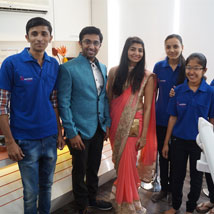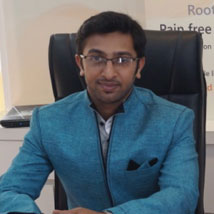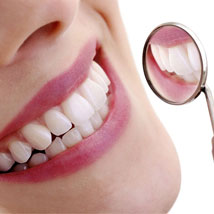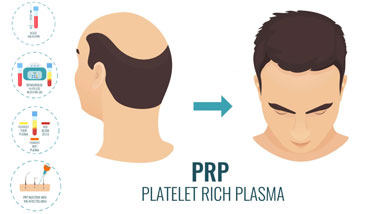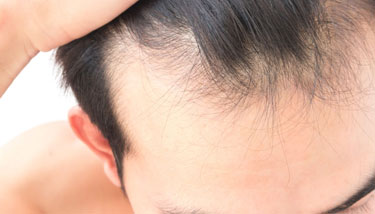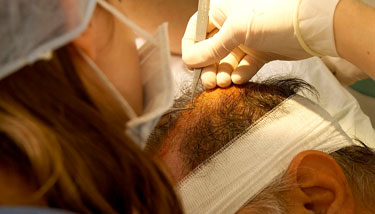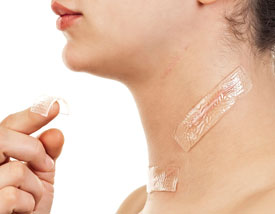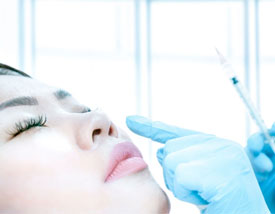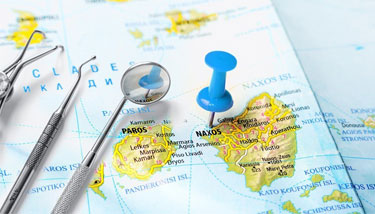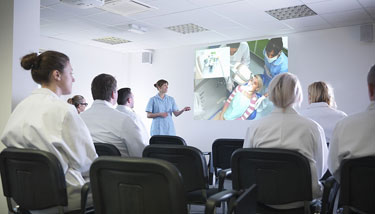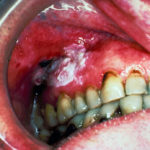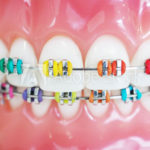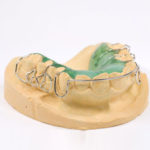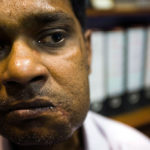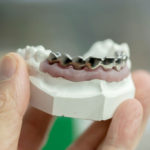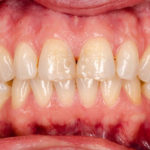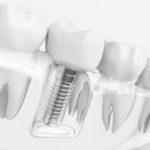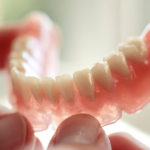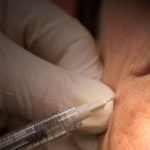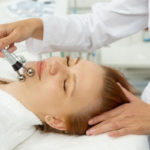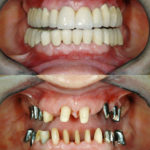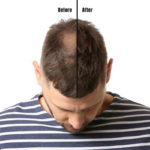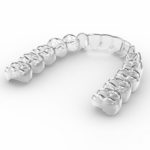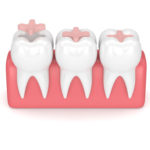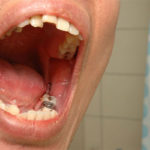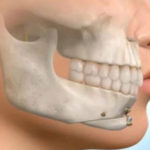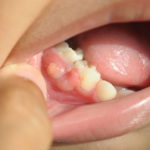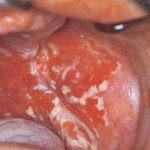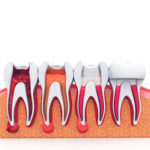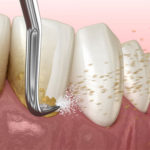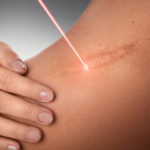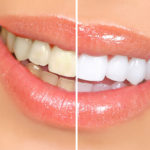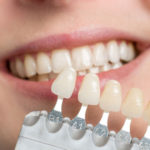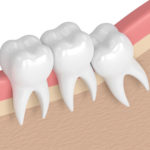What is the treatment?

A scar is any mark that is left behind after treatment or after an injury. A scar may or may not go away. In cases it doesn’t, the size and the appearance can be altered with the help of certain treatment methods. Scarring is a normal aspect of the healing process. The dimension and depth of the injury is dependent on a number of factors such as the age, sex, gender, ethnicity and health condition of the concerned patient.
There are different kinds of scars such as Keloid Scars, hypertrophic scars, acne scars and contracture scars. Keloid scars are a mark of a very hostile healing process. Over the passage of time the keloid scars hold the possibility of hampering with physical movements. Treatments to eliminate the keloid scar include steroid injections and silicone sheets in order to flatten it. Keloid scars that are smaller in size can be removed by using a cryotherapy which is basically a freezing therapy that makes use of liquid nitrogen. At the very outset, keloid scar formation can be prevented by taking recourse to pressure treatment or gel pads that contain silicone. Keloid scars can be commonly seen to occur in people have a darker skin tone.
Contracture skin scars occur when there is a burn. These scars have the tendency to tighten the area of the injury which hampers your movement. These scars can affect deeper muscles and nerve points. Hypertrophic scars are similar to keloid scars but the difference lies in the fact that the hypertrophic scars are restricted to the superficial layers of the skin. These scars are red in colour and are little elevated. Treatment methods are pretty much similar to that of keloid scars such as using steroid injections or silicone sheets.
Contracture skin scars occur when there is a burn. These scars have the tendency to tighten the area of the injury which hampers your movement. These scars can affect deeper muscles and nerve points. Hypertrophic scars are similar to keloid scars but the difference lies in the fact that the hypertrophic scars are restricted to the superficial layers of the skin. These scars are red in colour and are little elevated. Treatment methods are pretty much similar to that of keloid scars such as using steroid injections or silicone sheets.
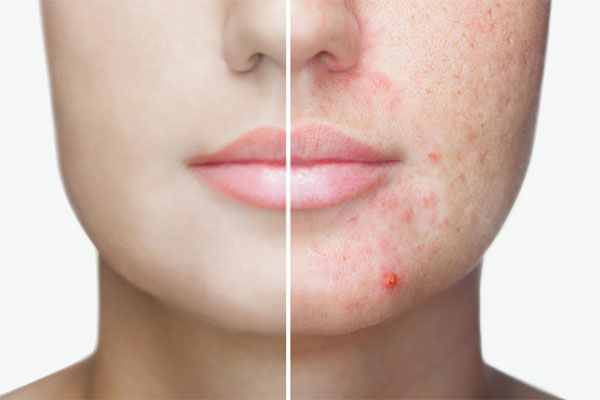
How is the treatment done?

The possible treatments for scars include over-the-counter medications, surgery and or injections. Prescription gels, creams and ointments can be used to heal scars that have been caused as a result of wounds, injuries or cuts. If your scar has been caused by cosmetic or plastic surgery, clarify with your plastic surgeon if over-the-counter or prescription topical medications are an open option. Most of the time, these topical medications comprise steroids and antihistamine creams. These creams can cause skin irritations, such as severe itching. If your scarring has occurred as a result of acne, then you should seek advice from a dermatologist. The doctor may ask you to take recourse to silicone gel sheeting or pressure treatment for prevention.
Surgical treatments are generally opted to treat deep-rooted scars. Surgical treatment methods comprise laser surgery, dermabrasion, excision or skin grafts. People who have incurred bad burns generally opt for skin grafting that uses skin from a different part of the body. People who opt for surgical methods suffer from scars that hamper standard body functionality. These scars are generally keloids or hypertrophic ones. Often surgical scars fade with time. If surgery has brought about a scar, it is better to wait for a year before deciding on another surgery to remove it. Steroid injections are often used by a doctor, either independently or with a different treatment.
Who is eligible for the treatment? (When is the treatment done?)
Patients suffering from scars due to severe burns or post-surgical operations or even scarring due to severe trauma are eligible for scar elimination treatment in Rajkot.
Who is not eligible for the treatment?
People suffering from scars due to surgery are not eligible to go for revision scars for at least a year. Also, people who are allergic to certain ingredients contained within the injections or over-the-counter medications are not eligible for this kind of treatment and are recommended to consult with their doctor.
Are there any side effects?
The possible side effects include bruising, skin irritation, allergic reactions, keloid scarring, pigmentation and product migration.
How long does it take to recover?
It takes about a few months to a year to recover from scar treatment as it takes some time for the scars to fade.
What is the price of the treatment in India?
The cost of a dermatologically recommended topical medication or in other words creams would cost around 300 to 1,500 Indian rupees. The cost of scar treatment ointments range from about Rs 100 to Rs. 1000. The cost of scar treatment injections can vary between Rs. 8,000 to Rs. 10,000. Surgery treatments for scar removal are a bit expensive and could cost you around Rs. 1 lakh to Rs. 2 lakh. The cost of a single laser session would be something around Rs. 1000 to Rs. 30,000.
Are the results of the treatment permanent?
The permanency of a scar treatment varies from person to person.
What are the alternatives to the treatment?
The alternative methods to scar treatment include application of vitamin E and other natural home remedies.




